Restaurants throughout Copenhagen have implemented sustainable strategies when curating their menu and kitchens.
While operating in an urban city, these restaurants are growing their own food and buying locally to minimize their impact on the surrounding environment.
“Restaurants are not sustainable, I prefer to say responsible because we do have an impact on the planet, but it feels good to try to minimize that impact as much as possible,” said Christer Bredgaard, owner of the restaurant Il Buco.
Why It’s Newsworthy: Compared to Danish restaurants, restaurants in the United States produce more food waste. In Denmark, restaurants produce on average 121 million pounds of food waste, while in the United States, they produce between 22 and 33 billion pounds each year. All of this food waste equates to billions of wasted meals and wasted energy in the production of the food. How can restaurants do things differently to prevent food waste?
Il Buco
Christer Bredgaard started Il Buco as a wine import, but slowly expanded into a restaurant. The food curated in their kitchen is all sourced from Denmark.
“As I realized that it was a restaurant, I had a commitment to do the best I could for these people I served,” Bredgaard said. “We started being 100% organic, then we looked into zero waste, minimizing single-use plastic, regenerative farming, and now the kitchen is 100% Danish.”
Because all the food ingredients come from Denmark, Bredgaard and his team have to curate new recipes throughout the year based on what is in season or what they stored in their pantry.
“If you have a standard restaurant, you call someone and you get strawberries or lettuce all year round,” said Bredgaard. “We have to talk to our suppliers and see what they have, just because they had cucumbers last week doesn’t mean they will have cucumbers next week.”
Il Buco serves meat sourced from Danish fishermen and local cattle farmers. Instead of buying individual cuts, Bregaard purchases meat in bulk and makes the cuts they need, then dry ages it in the pantry for later use.
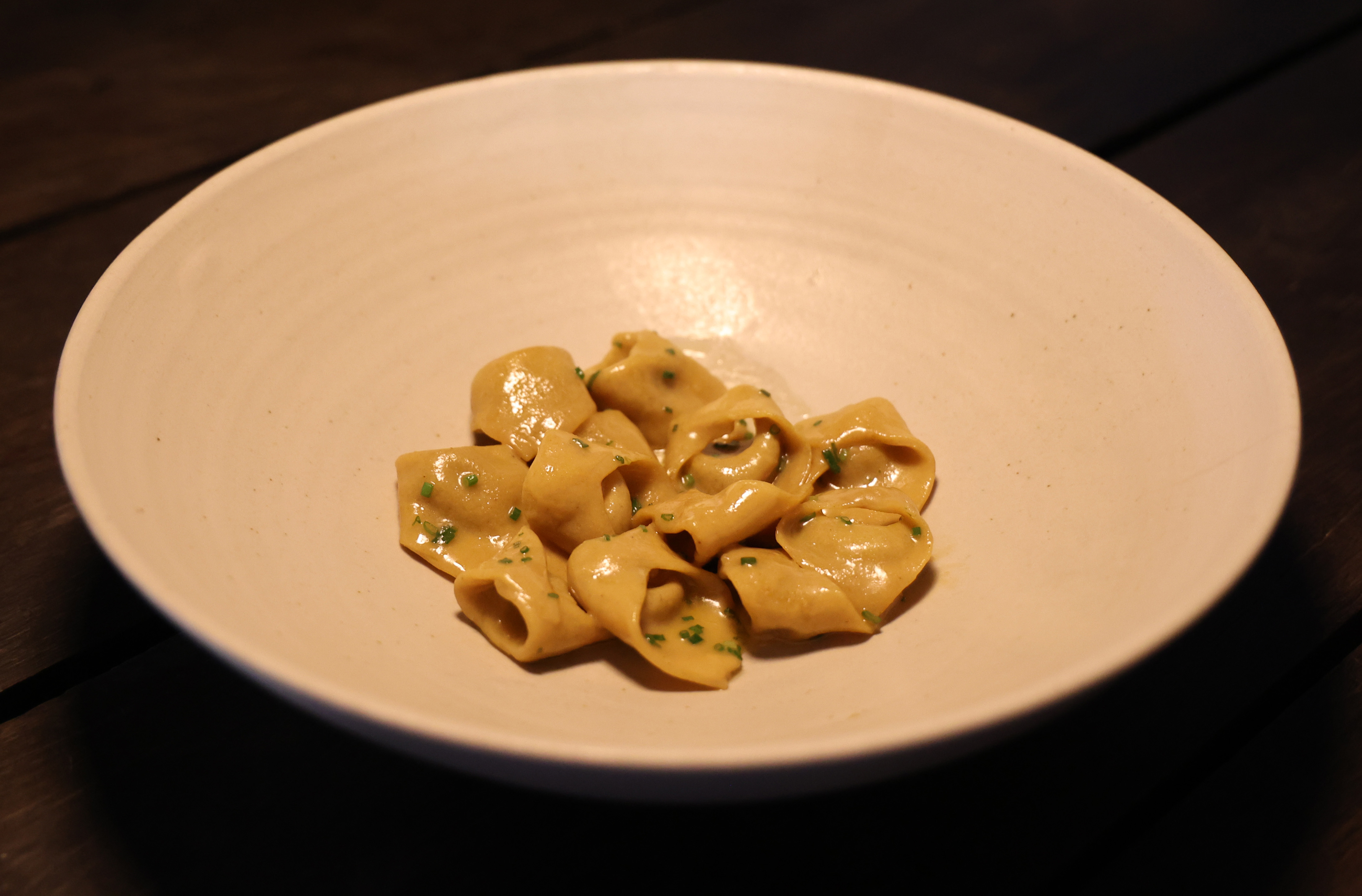
Rather than buying cows raised for consumption, Bregaard buys retired dairy cows North of Copenhagen that no longer produce milk, limiting the carbon footprint of his restaurant.
Bregaard has found other ways beyond his menu to become a more responsible restaurant.
Instead of buying new appliances every time something breaks, his restaurant focuses on fixing the old appliance before resorting to buying new ones. He also has eliminated the use of plastic trash bags, too.
Bregaard began directly filling his trash cans and dumping his waste into the bin, rather than continually relining his bins with large, black trash bags, saving him from buying around 500 kilos of plastic bags a year.
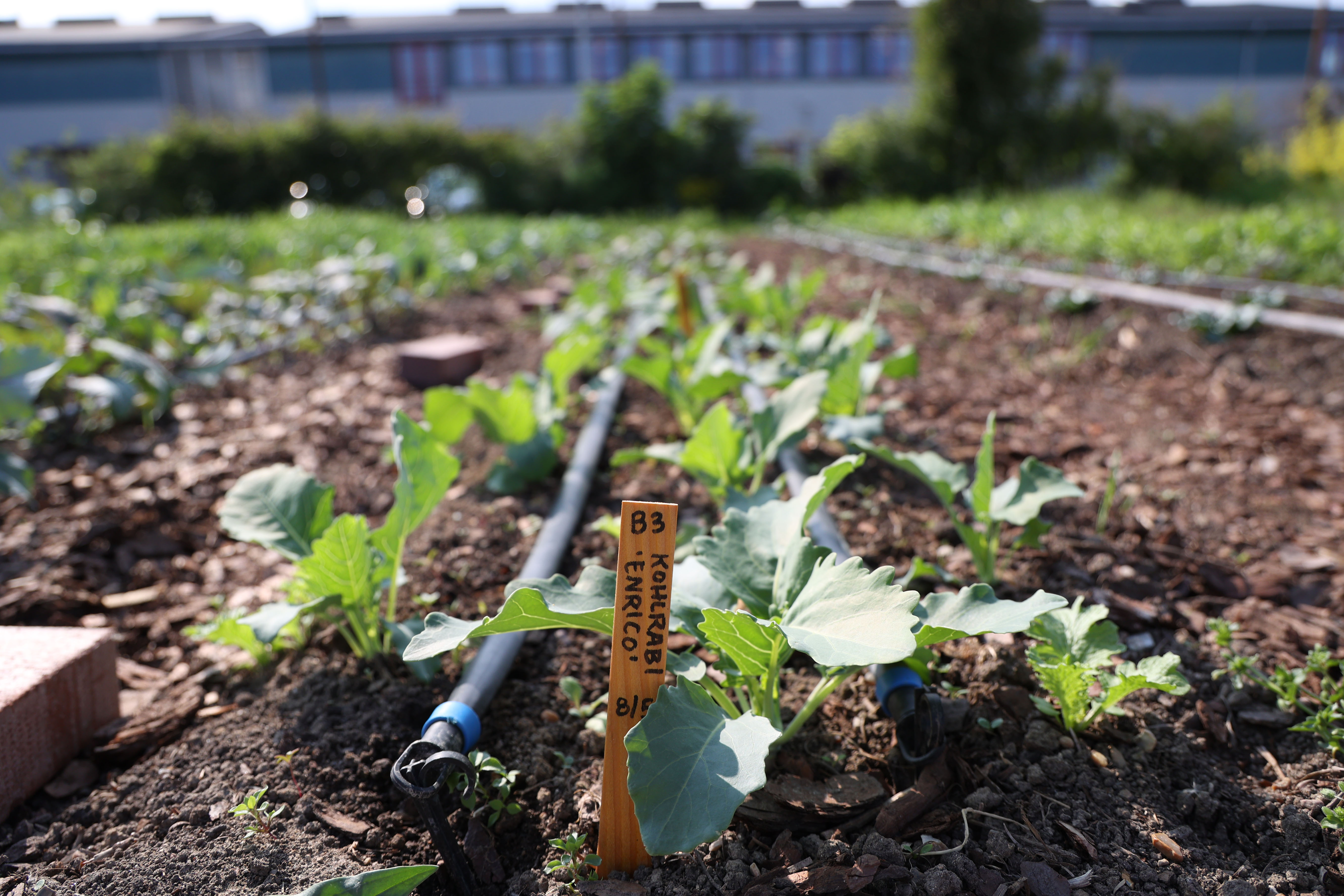
Øens Have
Along with his co-founders, Kristian Skaarup set out to create a sustainable urban farm that focuses on growing their own vegetables and sourcing what their farm cannot grow locally from Danish farmers and fishermen.
“It started with urban farming. I’m a landscape architect, and it was interesting for me to do a green space in the city,” Skaarup said. “The whole idea of having a restaurant came together with that, and then of course, it would have to be sustainable.”
One of their goals when creating their restaurant was to minimize food waste, so Skaarup created a system where visitors make reservations before they visit, so they can prepare just enough food each night they are open.
Since Øens Have tries to source their food on-site or through local Danish farmers, they have to be flexible with their menu, leaving their menu more susceptible to change throughout the year.
“I think you need to change your mindset of that you can’t have it all year round, it’s more of what’s available now and then you create a menu from that,” Skaarup said. “Here, it changes all the time.”
Sourcing through small local farmers also fluctuates the prices, and sometimes there is instability in the supply chain when buying locally.
Skaarup acknowledged that crop failures happen, but you just have to move on to the next farmer to meet the supply needed. Maintaining a sustainable restaurant can also be difficult in the winter months when one tries to source things locally.
“That’s where fermentation comes in, in the late season, where you prep for times where there isn’t that much to take from the ground,” Skaarap said.
Even though Skaarap’s goal is to source everything from Denmark, some plants are nearly impossible to grow in Denmark’s climate, leaving Skaarap to look elsewhere to source sustainable-grown ingredients.
“It’s not that I’m against getting almonds from the U.S. or lemons from Italy, it’s more that the things that we can grow on our own is more fun getting local,” Skaarap said.
Skaarap mentions that civilizations around the world have been trading with one another since ancient times, and he is not against getting products from other parts of the world. Products that can be grown in Denmark should be sourced from Denmark, and then he can get the other products through trading.
Public Opinion
According to the Danish Agriculture and Food Council, a study done in 2021 found that 65% of Danes acknowledged that they think “to a certain extent” or “to a great extent” about sustainability and food and drink.
“In the supermarket, I buy cheap stuff, but I also look to make sure is not too much packaging when buying fruits and vegetables,” said Marc Reinhard, a local eating at the Reffen food trucks in Copenhagen.
While eating his meal, Reinhard noticed the packaging that came with his food was made out of paper and not plastic, allowing him to feel better about his experience knowing that his waste was more organic than single-use plastic.
Derrick Freeman and his bandmates were visiting Denmark from the United States.
“Eating sustainability does make you feel better,” Freeman said. “I feel like in this part of the world, there is more of a standard than an anomaly like in our part of the world.”
According to Spoon Guru, 31% of Americans have adopted more sustainable food diets due to food waste.
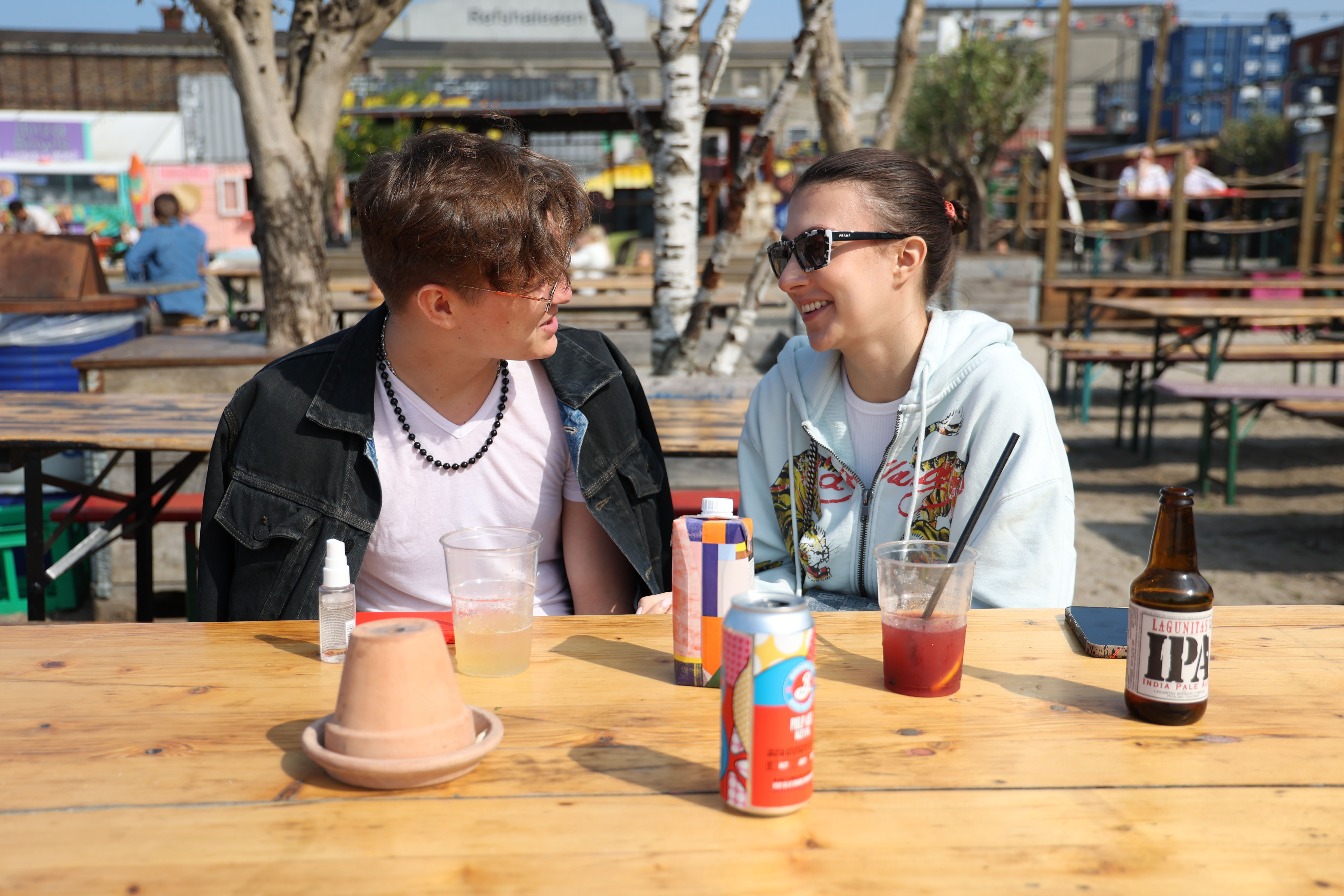
Sustainable restaurants and urban farming are letting people return to agriculture and be more involved with their food.
“I see urban farming as an important contributor because it is a way of seeing and understanding how food is made,” Skaarap said. “We are not part of agriculture anymore as we used to be 50 years ago.”
Skaarap hopes that when people and restaurants start buying more locally, the supermarkets will follow and sell more local and sustainably-sourced products on their shelves.
“The real food is supposed to come from the rural landscape,” Skaarap said.
Ben McDaniel is a senior at the University of Georgia majoring in journalism and political science.


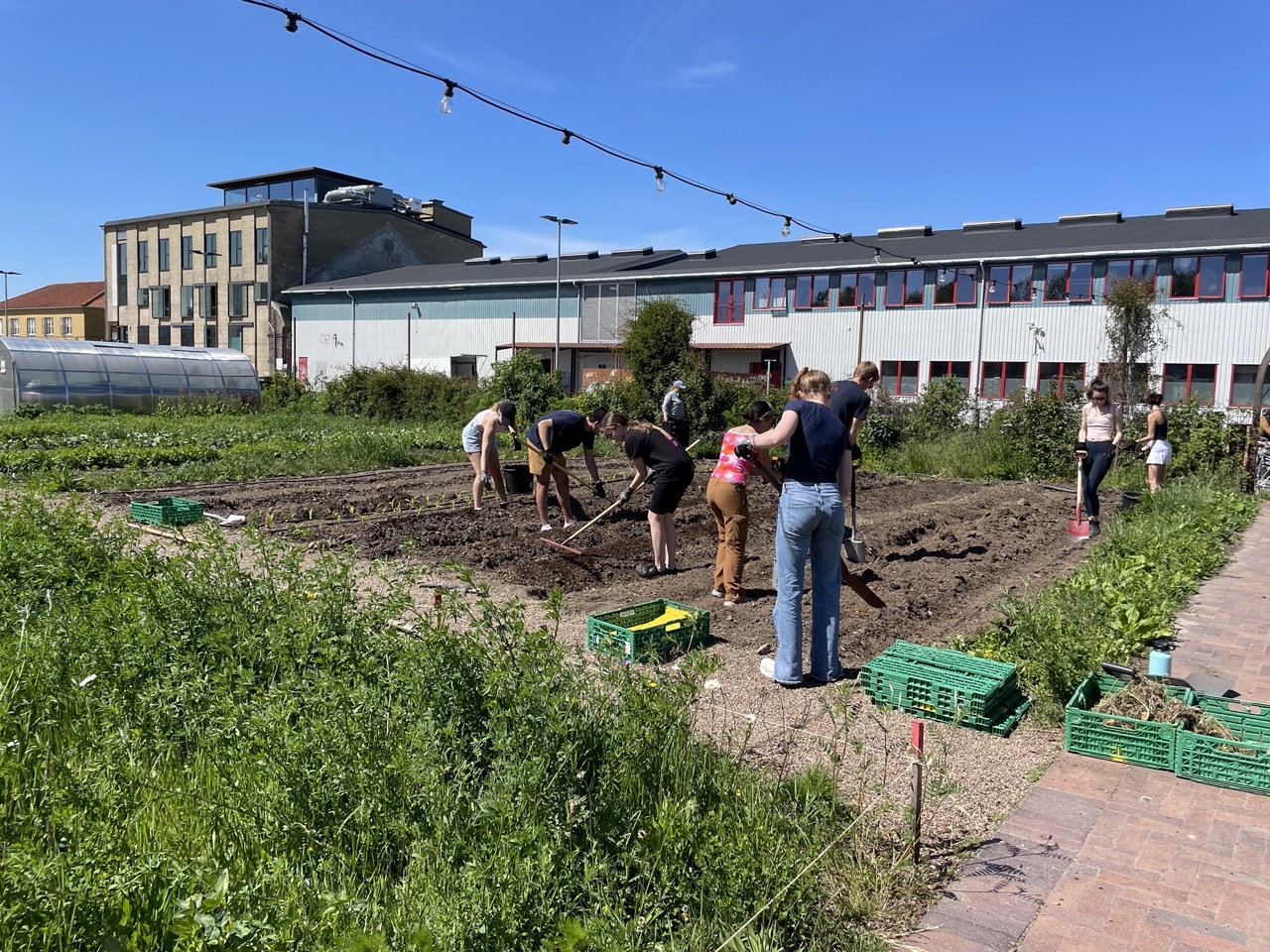

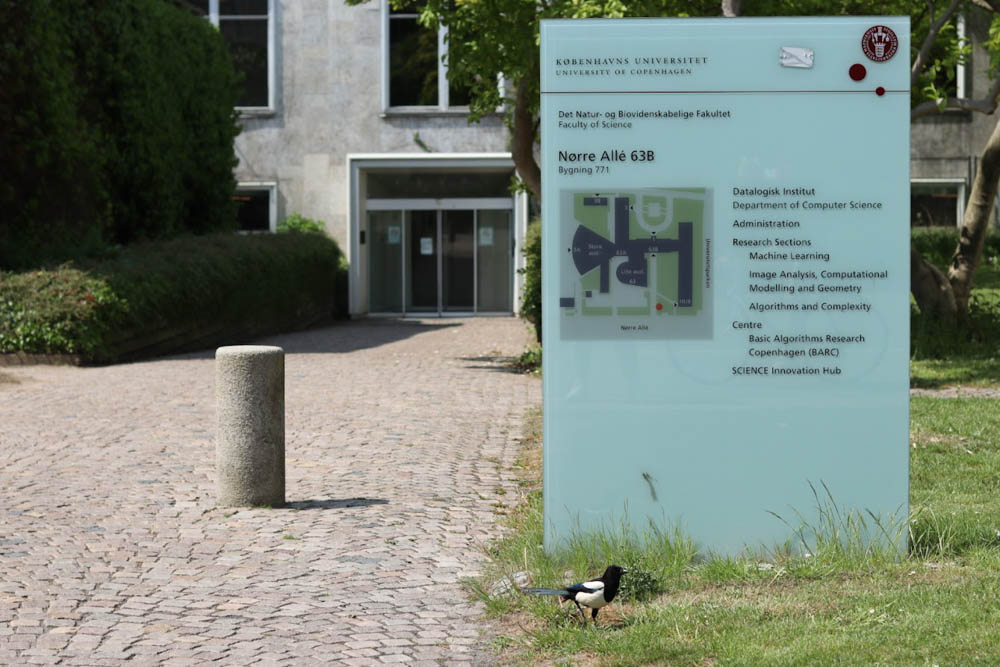

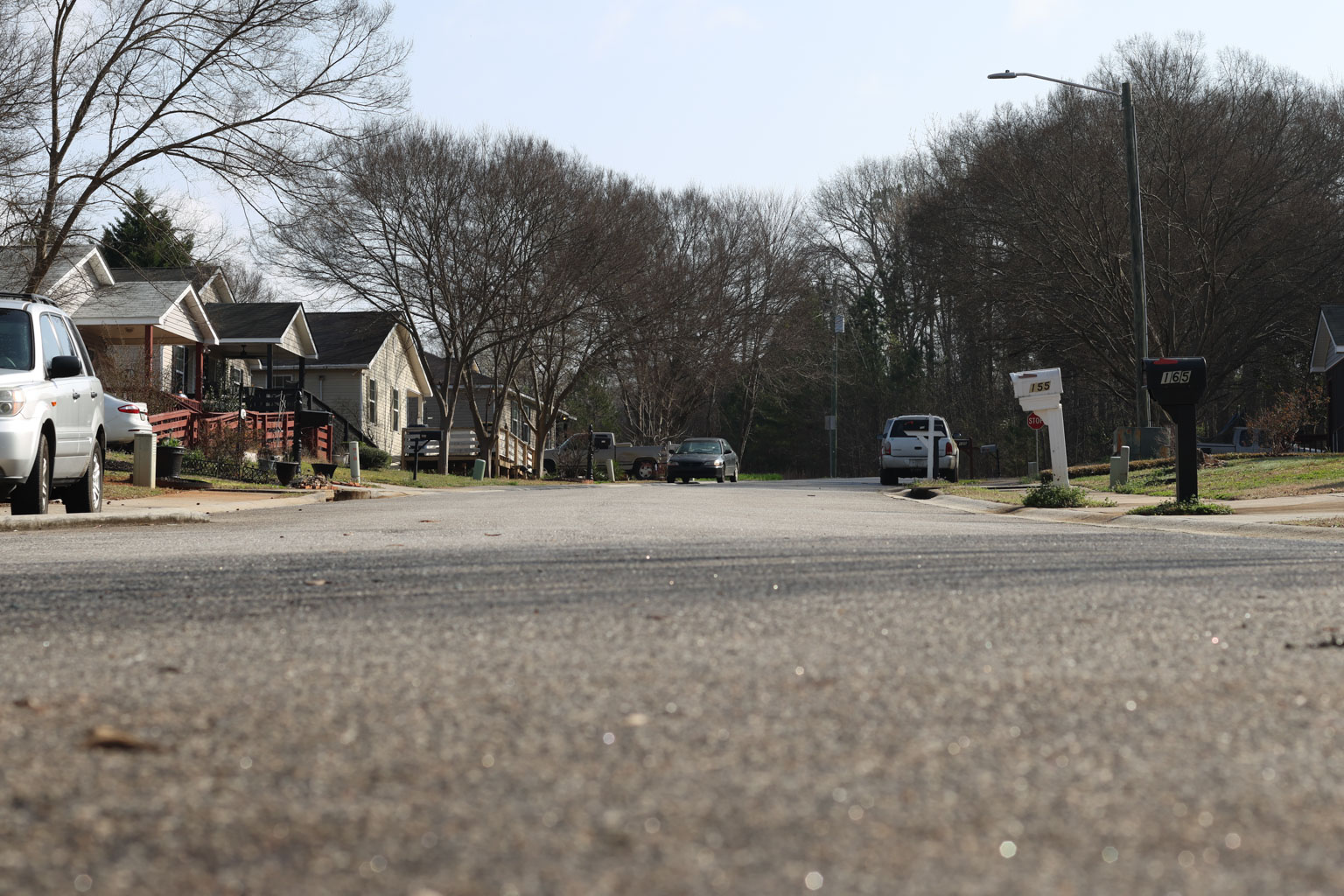


Show Comments (0)